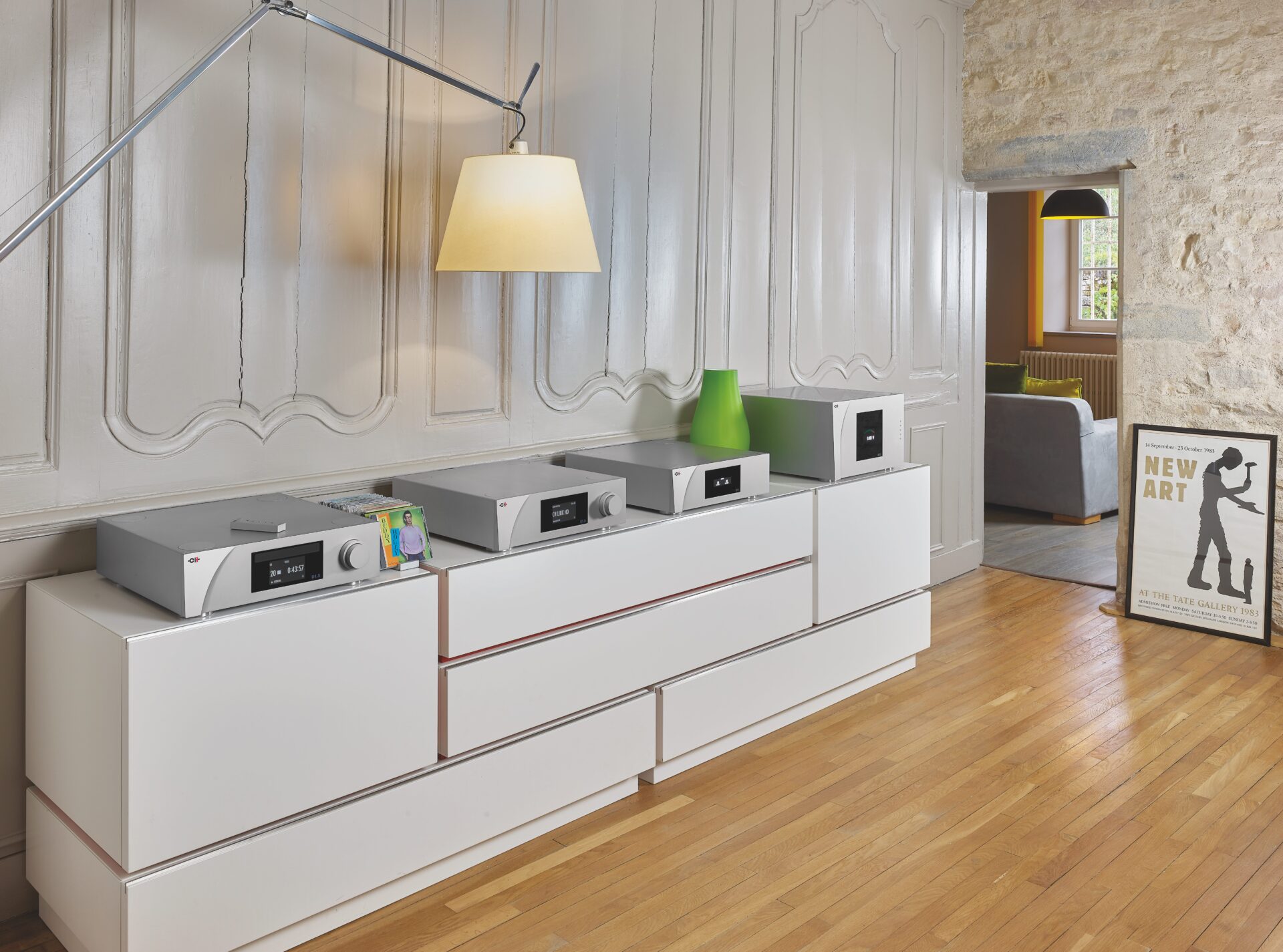
Another favorite disc of the past few years is Lisa Batiashvili’s performance of the Tchaikovsky and Sibelius Violin Concertos conducted by Daniel Barenboim with the Staatskapelle Berlin (DGG UCCG-4108 4848 2089). In one of those happy coincidences, having heard this CD on quite a few systems, I now had the chance to compare its reproduction through tubes, through the CH Precision solid-state electronics and live, with Esa-Pekka Salonen and the SFSO standing in for Barenboim. I can’t lie and say that the CH equipment made the recorded Lisa sound better than the real thing, especially not from the 12th row dead centre, but like with the Beethoven disc, the effortless grip and authority of the CH electronics transformed the DGG disc, a disc which was already the best sounding Batiashvili recording, even without the transformative powers of the CH amps. They don’t just sound good with great recordings. They make great recordings sound better still.
‘There’ there…
This live versus recorded experience underlined the importance of sound-staging, scale and space to convincing musical reproduction. Do not believe those who claim sound-staging is a figment of the imagination or a byproduct of the recording process. You can place the different sections of an orchestra in space, either sitting in a hall or listening to a good recording. With well-recorded, symphonic music, the attributes of the hall, the orchestra and the conductor are all immediately apparent. The CH equipment definitely extends the frequency extremes of the recording, but in doing so it creates a bigger, more credible space, defining every inch of that acoustic with the instruments of the orchestra or the space between them. They define and fill every crevice in the spatial continuum, making you think there is more “there” there than before.
With each silver disc I slid into the Neodio transport, it became clear that digital sound had been recast and reinvigorated by the L1/X1/M1.1’s union of brawn, agility and (dare I say) precision. And it was not just with large-scale works. One of my favorite Patricia Kopachinskaya discs, Sol & Pat (Alpha Classics 757) had Patricia’s violin and Sol Gabetta’s cello locked in time and space like I had never heard before. That same instrumental separation and presence was equally apparent on Anastasia Kobekina’s Ellipses, the crispness and speed of the castanets jaw-droppingly precise (Mirare MIR 604).
What made the synergy between the CH Precision equipment and the Neodio Origine so special? The system now seemed able to scale and capture the proportions of digitally encoded music much more naturally and coherently than before. Previously, I would have to turn up the volume to achieve a lifelike reproduction of a particular portion of the orchestra, but too often that would be at the expense of other orchestral sections. Now, the Neodio/CH combination defines dynamic shifts, from massive to miniscule, more easily, more naturally and with more stability and musical authority than before.

